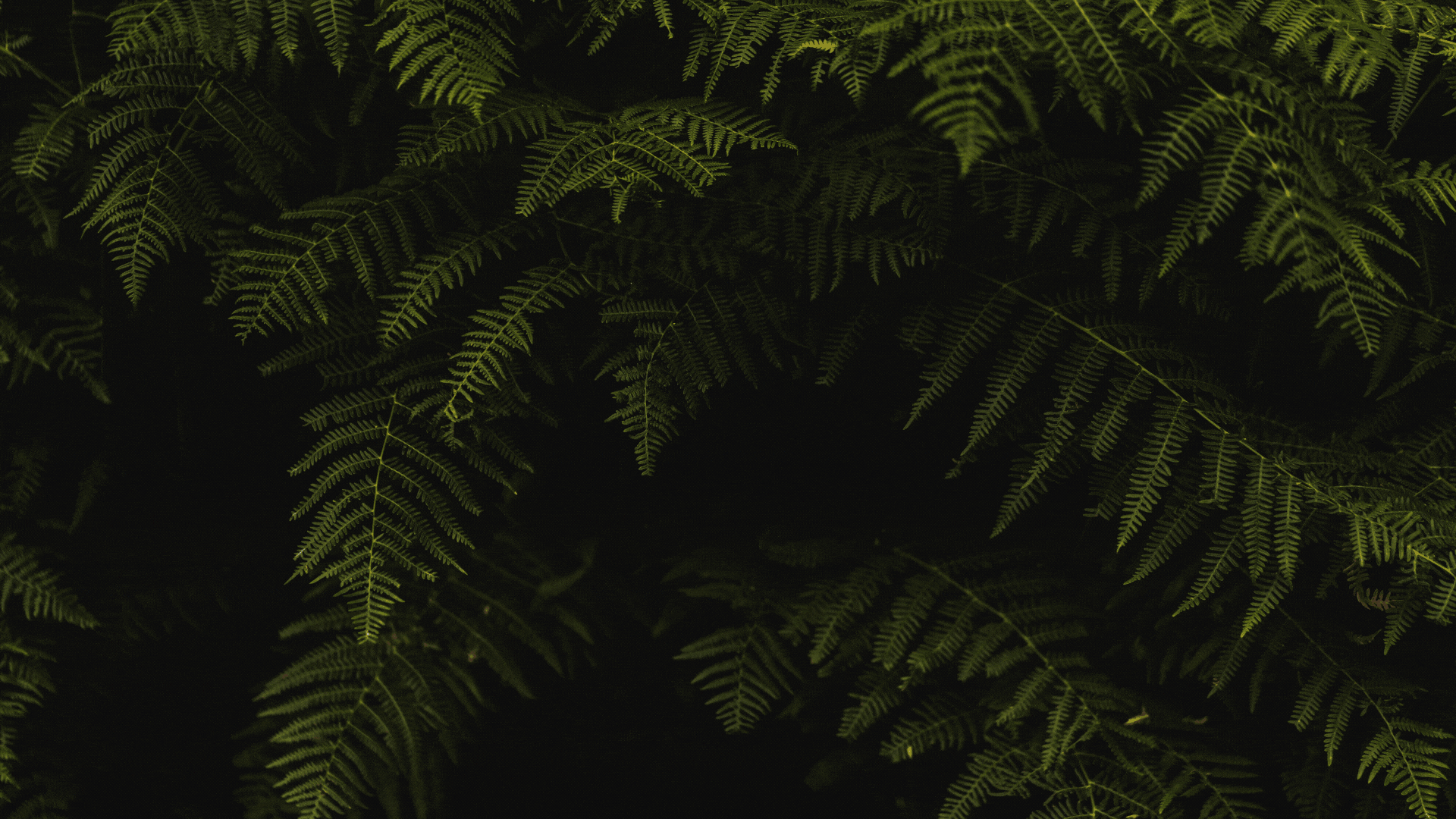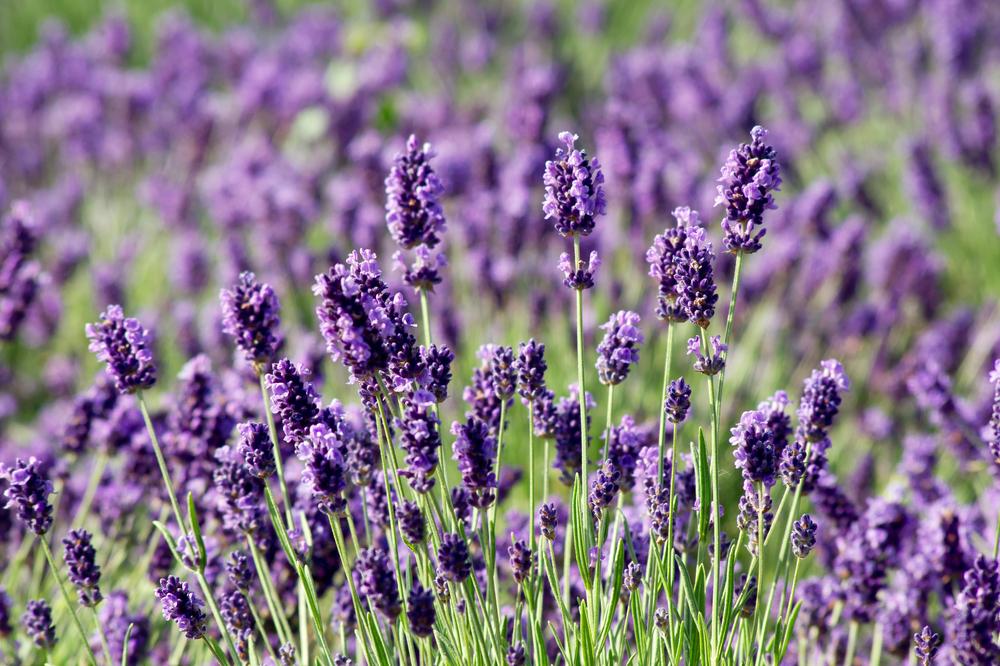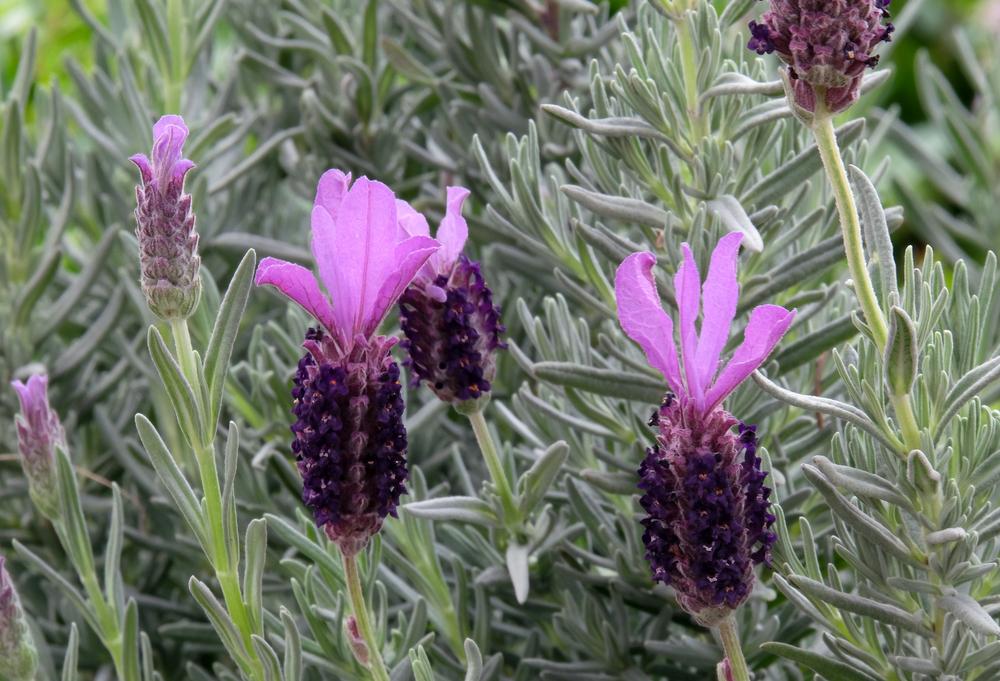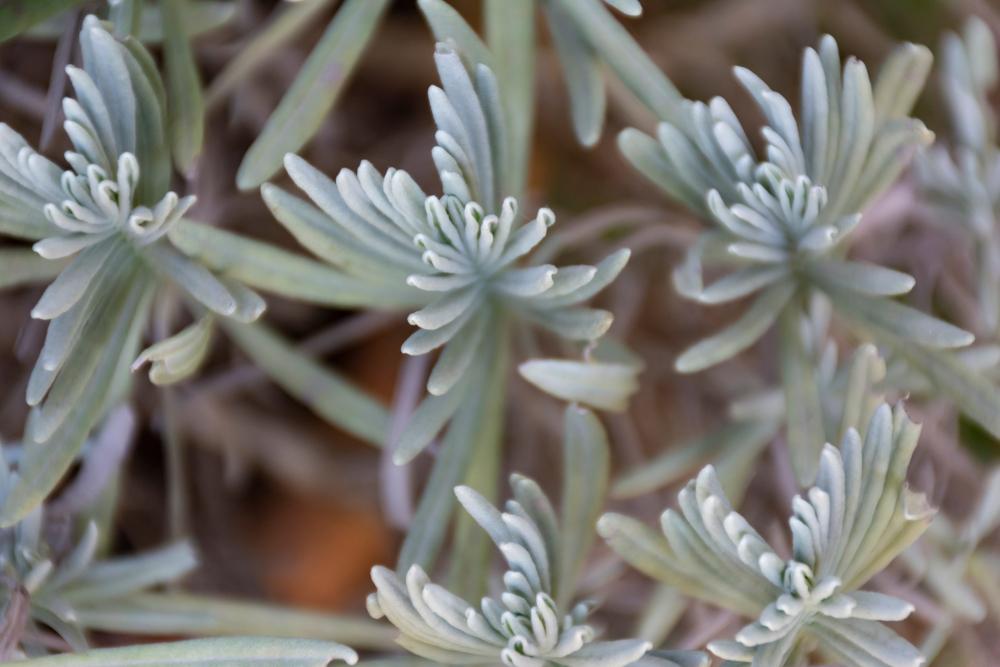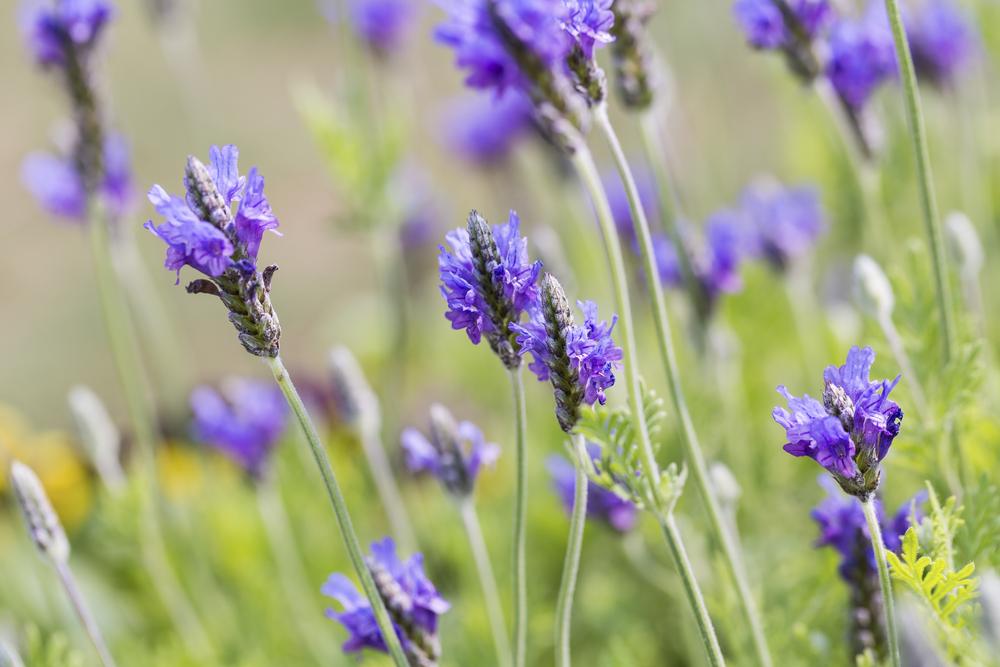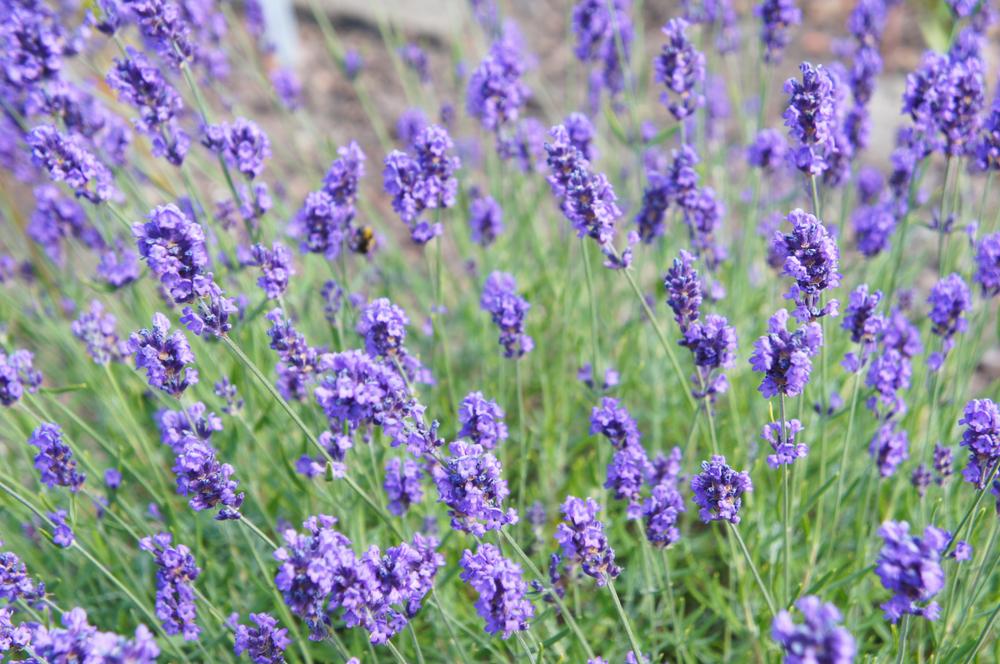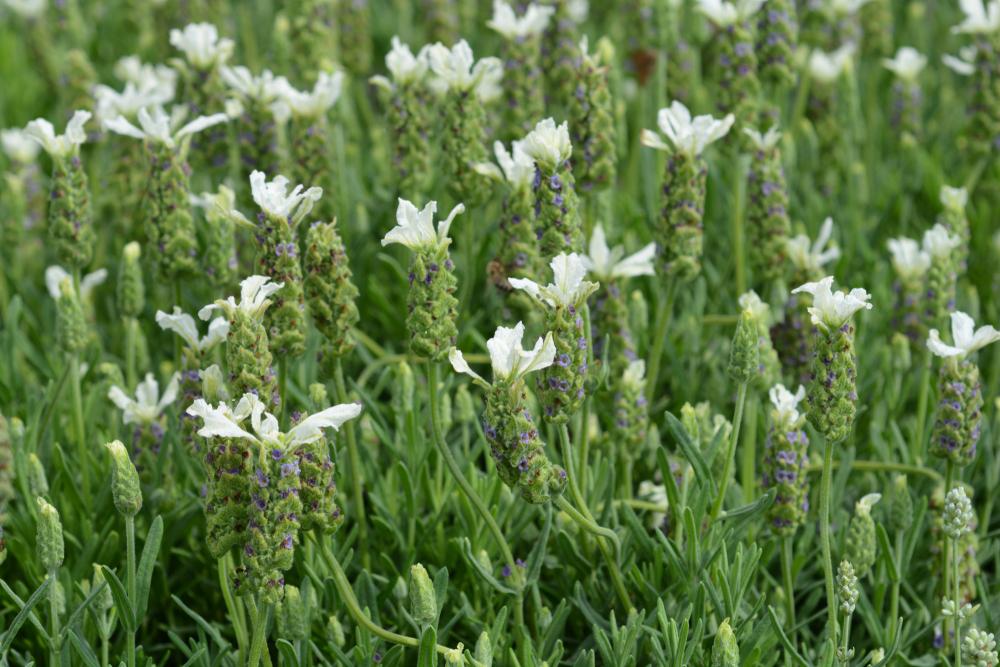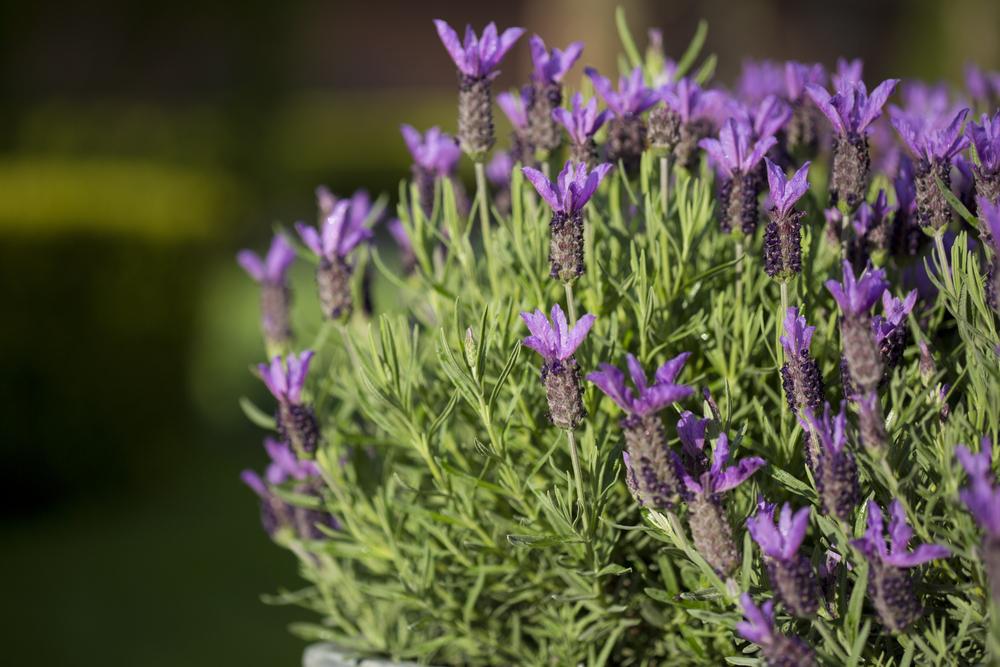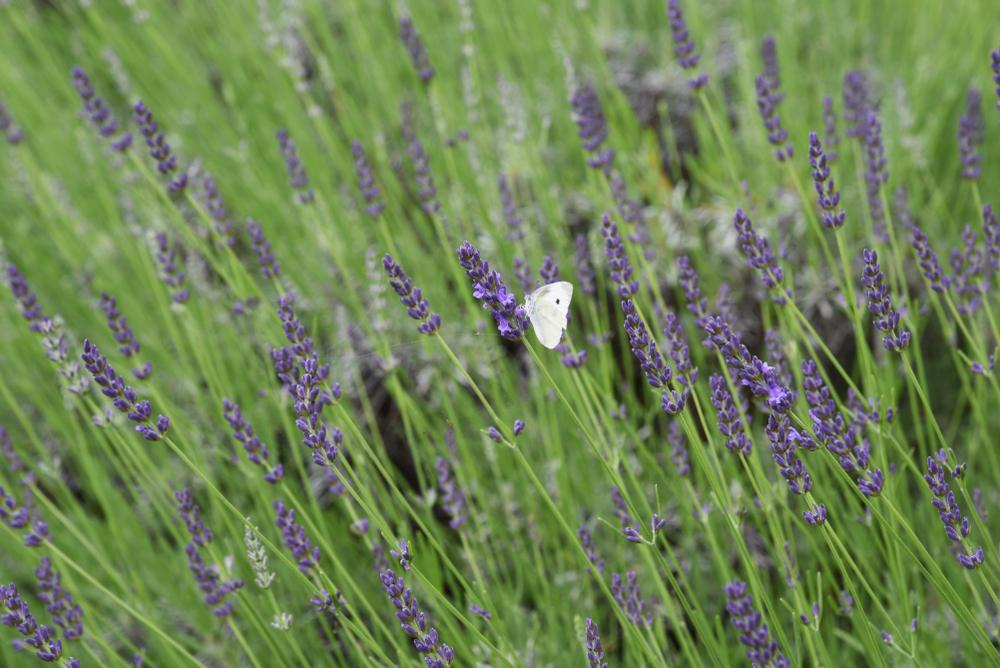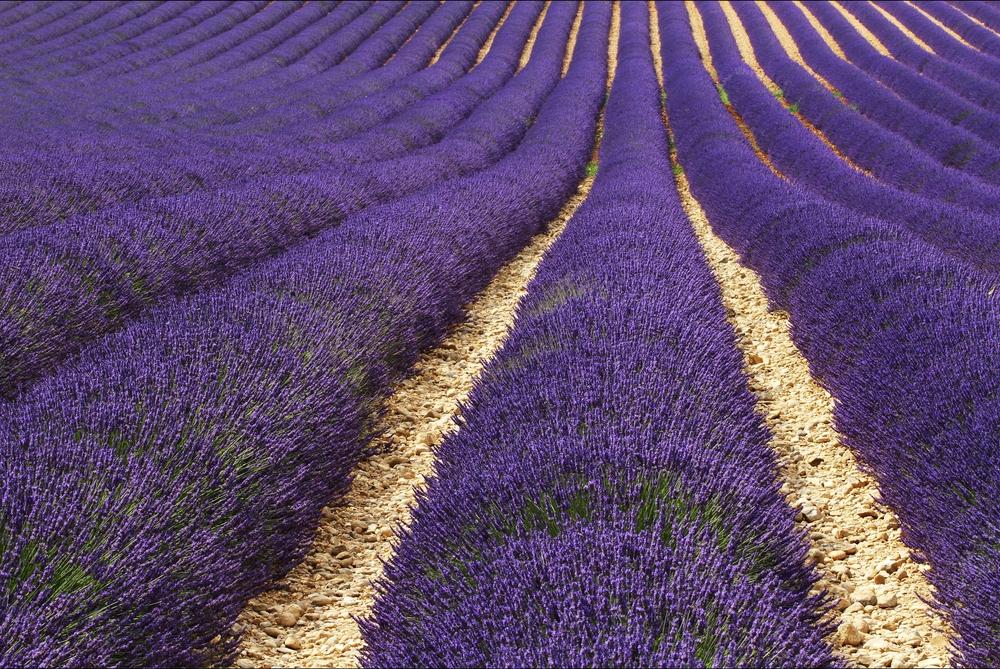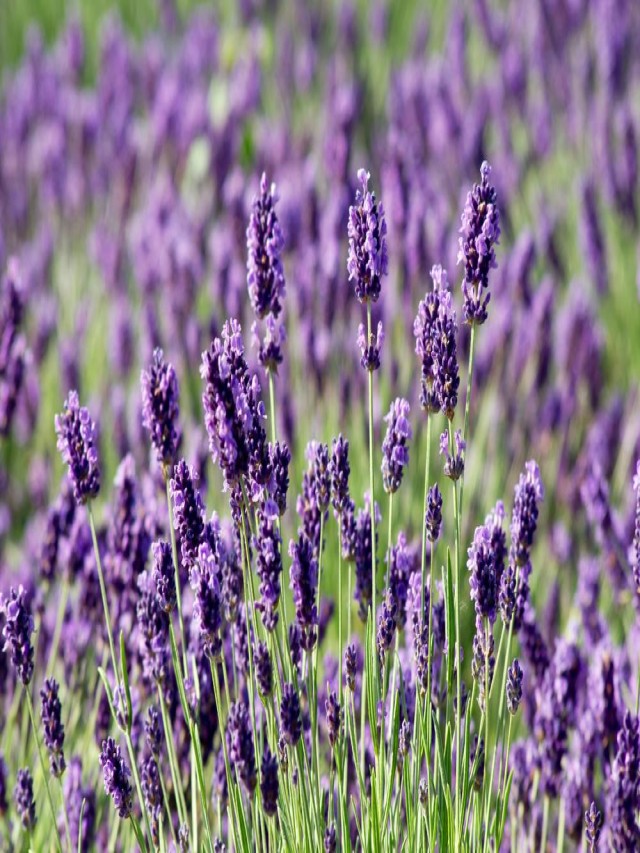Lavender, with its rich and calming aroma, is a beloved plant that has been cultivated for centuries. Not only is it known for its vibrant flowers and leaves, but it also offers a unique and soothing fragrance. Whether you’re looking to create an aromatic herb garden, a pollinator haven, or even a natural hedge, lavender is the perfect choice. In this article, we’ll explore the wide range of lavender varieties and their remarkable characteristics.
What Is the Lavender Plant?
Lavender belongs to the genus Lavandula and is part of the mint family, Lamiaceae, along with other aromatic herbs like sage and rosemary. It naturally grows in Europe, northern and eastern Africa, southwest Asia, and India. Lavender is mostly perennial, meaning it persists year after year in the garden, although some species are annual and require replanting each spring. This low-growing plant forms dense clumps with numerous small stems and boasts evergreen foliage that remains beautiful throughout the year. During the summer, it flourishes with abundant and fragrant flowers.
Caring for Lavender
Taking care of lavender is relatively easy, as long as you provide it with the right conditions. Plant lavender in an area with full sun exposure and well-draining soil. Make sure to water the soil only when it is almost completely dry. Lavender thrives in temperate climates and doesn’t tolerate the heat and humidity of tropical regions. Once established, lavender requires minimal maintenance and offers an attractive addition to any garden. For more details on lavender care, click here.
Some of the Best Lavender Species
The lavender family, Lavandula, comprises 47 species, each with its own distinct characteristics. Let’s explore some of the most popular lavender species and discover where they naturally grow and what they look like.
English Lavender (Lavandula angustifolia)
- Characteristics: Also known as common lavender, English lavender is the most widely planted species. It has various cultivated varieties that accentuate different aspects of the plant. This species is renowned for its delightful aroma and violet-colored flowers. In the Provence region of France, you can witness vast fields of English lavender in full bloom.
- Native To: Despite its name, English lavender is native to the Mediterranean and thrives in England’s cooler climate.
- Size: It grows up to 1 meter tall and wide.
- USDA Hardiness Zone: 5 – 9
French Lavender or Spanish Lavender (Lavandula stoechas)
- Characteristics: French lavender, also known as Spanish lavender, can withstand higher heat and humidity compared to English lavender. Its silvery leaves are highly aromatic, and the flower heads feature distinctive “ears” that help pollinators find the small flowers.
- Native To: The Mediterranean and Northern Africa.
- Size: It forms up to 60 cm tall mounds.
- USDA Hardiness Zone: 8 – 9
Fringed Lavender (Lavandula dentata)
- Characteristics: Fringed lavender derives its name from the serrated edges of its leaves. The foliage emits a hint of rosemary and camphor, and the plant produces aromatic flowers almost year-round.
- Native To: Eastern and Southern Spain.
- Size: It grows just under a meter tall.
- USDA Hardiness Zone: 8 – 11
Portuguese Lavender (Lavandula latifolia)
- Characteristics: Portuguese lavender showcases long, lilac-colored flower spikes. It possesses a richer and more pungent aroma compared to other lavender species.
- Native To: Western Mediterranean.
- Size: It reaches up to 1 meter tall.
- USDA Hardiness Zone: 6 – 8
Egyptian Lavender (Lavandula multifida)
- Characteristics: Egyptian lavender stands out with its long, pale-colored flower stalks. It displays the highest tolerance of summer heat and humidity among lavender species. In warm winter regions, Egyptian lavender blooms year-round.
- Native To: Western and Southern Mediterranean.
- Size: It grows up to 60 cm tall.
- USDA Hardiness Zone: 8 – 10
Types of English Lavender (Lavandula angustifolia)
Over centuries of cultivation, humans have developed an astonishing array of English lavender varieties. Each variety offers different flower colors and sizes, providing a wide range to choose from based on your preferences.
Hidcote
- Characteristics: Hidcote is a dwarf variety that grows smaller than most other lavenders. It’s ideal for low hedges, can withstand hot and dry climates, and thrives in pots.
- Flower Color: Dark purple flowers that bloom once a year.
- Size: 0.5 meters tall.
- USDA Hardiness Zone: 5 – 9
Munstead
- Characteristics: Similar to Hidcote, Munstead is heat and drought-tolerant. It produces tall, slender flower stalks that sway in the breeze, beautifully contrasting with its silvery-green foliage.
- Flower Color: Blue-purple flowers bloom twice a year.
- Size: 0.6 meter tall.
- USDA Hardiness Zone: 5 – 9
Loddon Blue
- Characteristics: Loddon Blue is highly fragrant and usually grown for its aromatic properties. Its gray-green foliage and characteristic blue-purple flowers add further appeal.
- Flower Color: Continuously blooming blue-purple flowers throughout the summer.
- Size: 0.6 meter tall.
- USDA Hardiness Zone: 4 – 9
Lavenite Petite
- Characteristics: Lavenite Petite has a dense, bushy habit and long flower stalks. This variety requires regular pruning to maximize flower production.
- Flower Color: Intense violet-colored flowers with a strong aroma.
- Size: Up to 1 meter tall.
- USDA Hardiness Zone: 5 – 9
Nana Alba
- Characteristics: Nana Alba forms low-lying dense clumps and emits a sweet scent. It’s an excellent choice for flower beds and pots.
- Flower Color: Unique white flowers that bloom during summer.
- Size: 30 cm tall.
- USDA Hardiness Zone: 5 – 8
Betty’s Blue
- Characteristics: Betty’s Blue has long, stiff flower stalks and a delicate, sweet smell. It’s hardier compared to other varieties.
- Flower Color: Pure purple, despite its name.
- Size: Approximately 60 cm tall.
- USDA Hardiness Zone: 5 – 9
Royal Purple
- Characteristics: Royal Purple derives its name from the deep purple flowers it produces. This variety is thin and light, with long flower stalks reaching up to a foot. It’s perfect for potpourri or sachets as it retains its scent and color even after drying.
- Flower Color: Dark purple flowers blooming between spring and summer.
- Size: Easily 1 meter tall and over 1 meter wide.
- USDA Hardiness Zone: 5 – 11
Twickel Purple
- Characteristics: Twickel Purple was first cultivated at Twickel Castle in the Netherlands. It’s a large plant that requires regular pruning to maintain its appearance.
- Flower Color: Bright violet or blue flowers on long stems.
- Size: Just under 1 meter tall.
- USDA Hardiness Zone: 5 – 8
Royal Velvet
- Characteristics: Royal Velvet is a stunning dwarf variety with long flower stalks atop short, bushy foliage. It’s ideal for drying, as it retains its aroma for an extended period after harvesting.
- Flower Color: Silvery purple flowers blooming for several weeks.
- Size: 30 cm tall.
- USDA Hardiness Zone: 5 – 10
Miss Katherine
- Characteristics: Miss Katherine is a medium-sized variety tolerant of hot conditions and dry soil. Its unique flower color and strong scent add to its appeal.
- Flower Color: Dark to light pink flowers blooming once a year.
- Size: 60 cm tall.
- USDA Hardiness Zone: 5 – 9
Folgate
- Characteristics: Folgate is a medium-sized variety with evergreen foliage that remains vibrant throughout the year. It’s highly tolerant of cold winters.
- Flower Color: Deep purple flowers blooming once or twice a year.
- Size: 60 cm tall.
- USDA Hardiness Zone: 5 – 9
Rosea
- Characteristics: Rosea is often planted among roses and peonies. Its large, fluffy flower heads and unique flowers make it a hardy choice.
- Flower Color: Rose-pink flowers blooming once a year.
- Size: Up to 60 cm tall.
- USDA Hardiness Zone: 5 – 8
Melissa Lilac
- Characteristics: Melissa Lilac has graceful, fluffy flowers and fragrant foliage, especially when brushed against. Its lilac-colored flowers beautifully contrast with the silvery-green foliage.
- Flower Color: Lilac-colored flowers blooming in summer.
- Size: 60 cm tall.
- USDA Hardiness Zone: 5 – 8
Arctic Snow
- Characteristics: Arctic Snow forms dense, globular clumps with silvery-green foliage. It’s perfect for hedges or along walkways.
- Flower Color: Bright white flowers on dense stalks.
- Size: 60 cm tall.
- USDA Hardiness Zone: 7 – 10
Little Lottie
- Characteristics: Little Lottie is a small-sized variety that doesn’t overgrow neighboring plants. It’s an excellent choice for small spaces.
- Flower Color: Dark pink flowers on stiff, upright stalks.
- Size: Up to 60 cm tall.
- USDA Hardiness Zone: 4 – 9
Blue Mountain White
- Characteristics: Blue Mountain White is remarkably easy to care for and boasts beautiful white flowers. Its long stalks are ideal for cutting and drying, retaining their fragrance even after harvesting. It’s also drought-tolerant.
- Flower Color: White flowers blooming all summer into the fall.
- Size: Up to a meter tall.
- USDA Hardiness Zone: 5 – 11
Thumbelina Leigh
- Characteristics: Thumbelina Leigh is one of the densest and smallest lavender varieties. It’s an excellent choice for containers and small gardens.
- Flower Color: Dark blue-purple flowers blooming three times a year.
- Size: 30 cm tall.
- USDA Hardiness Zone: 5 – 10
Beechwood Blue
- Characteristics: Beechwood Blue produces abundant flowers with a sweeter smell compared to other varieties. It requires consistent pruning, full sun, and good air circulation.
- Flower Color: Blue-violet flowers blooming during summer.
- Size: 60 cm tall.
- USDA Hardiness Zone: 6 – 11
Types of French Lavender (Lavandula stoechas)
Similar to English lavender, French lavender has undergone extensive cultivation, resulting in various varieties with unique colors, sizes, and shapes. Let’s explore some of them.
Ballerina
- Characteristics: Ballerina is an evergreen variety originally from New Zealand. It showcases silvery-green foliage and large, white “ears” atop the flower heads.
- Flower Color: Pinkish-purple flowers blooming from spring through summer.
- Size: 1 meter tall.
- USDA Hardiness Zone: 8 – 10
Kew Red
- Characteristics: Kew Red is a compact variety with one of the most unique flower colors among lavender types. Its small size makes it perfect for containers and flowerbeds. It requires full sun and good air circulation.
- Flower Color: Scarlet red flowers with pink ears blooming during summer.
- Size: 40 cm tall.
- USDA Hardiness Zone: 7 – 9
Anouk
- Characteristics: Anouk is a dwarf variety that produces shiny, silvery foliage and long, sprawling stems. It’s an excellent choice for low hedges or edging along pathways.
- Flower Color: Deep purple flowers blooming mostly in the spring.
- Size: 40 cm tall.
- USDA Hardiness Zone: 7 – 10
Portuguese Giant
- Characteristics: Portuguese Giant lives up to its name, being one of the larger lavender types. It grows taller than it does wide, with large flower heads and sturdy stalks.
- Flower Color: Classic lavender-colored flowers that bloom from spring to fall.
- Size: Easily up to a meter tall, often taller.
- USDA Hardiness Zone: 7 – 10
Fathead
- Characteristics: Fathead is known for its intense fragrance and dense clumps of silvery, gray-green foliage. It produces large flower heads with deep violet flowers and pink ears.
- Flower Color: Rich, deep violet flowers.
- Size: 60 cm tall.
- USDA Hardiness Zone: 8 – 9
Types of Lavandin (Lavandula x intermedia)
Lavandin is a natural hybrid between English and Portuguese lavender. It’s extensively cultivated due to its intense aroma and high essential oil content. Let’s explore some of the lavandin varieties.
Hidcote Giant
- Characteristics: Hidcote Giant is a larger lavandin variety, known for its dense clumps of brightly colored flowers and intense fragrance. It’s an ideal choice for larger herb gardens.
- Flower Color: Vibrant purple flowers blooming in mid to late summer.
- Size: Up to 1 meter tall.
- USDA Hardiness Zone: 5 – 8
Impress Purple
- Characteristics: Impress Purple is another large lavandin variety, featuring long, upright flower stalks. Its flowers are spread out, giving it a light and graceful appearance.
- Flower Color: Dark purple flowers blooming once a year.
- Size: Up to 1 meter tall.
- USDA Hardiness Zone: 5 – 9
Seal
- Characteristics: Seal is one of the largest lavender varieties, with dark green foliage and tall flower stalks that can reach over a foot long. It requires ample space in the garden.
- Flower Color: Bright purple flowers blooming in summer.
- Size: 1.5 meters tall.
- USDA Hardiness Zone: 5 – 8
Grosso
- Characteristics: Grosso, the most commonly cultivated lavandin, resembles Impress Purple but has lighter-colored flowers. It’s grown commercially for its essential oils.
- Flower Color: Light purple flowers blooming in early summer.
- Size: 1 meter tall.
- USDA Hardiness Zone: 6 – 10
Super
- Characteristics: Super is another larger lavandin variety. It produces slightly smaller flower stalks but larger flowers, although it doesn’t yield as much essential oil as other types.
- Flower Color: Light violet-blue flowers.
- Size: Over a meter tall.
- USDA Hardiness Zone: 5 and above
Phenomenal
- Characteristics: Phenomenal is a newer variety known for its exceptional tolerance to various conditions. It can withstand heat, cold, drought, and humid weather, making it adaptable to almost any environment.
- Flower Color: Bright blue-purple flowers on long stalks.
- Size: 1 meter tall.
- USDA Hardiness Zone: 4 – 9
Provence
- Characteristics: Provence, extensively grown in the Provence region of France, offers an intoxicating aroma and forms dense clumps of evergreen foliage. It tolerates high heat and humidity.
- Flower Color: Rich purple flowers blooming throughout summer.
- Size: 1 meter tall.
- USDA Hardiness Zone: 5 – 9
Explore the World of Lavender
With more than 30 unique lavender types to choose from, the world of lavender opens up countless possibilities. Each variety is suitable for different climates, purposes, and garden placements. Whether you want to enjoy the soothing scent, create beautiful flower arrangements, or harvest essential oils, lavender will undoubtedly add charm to your garden. Dive into the diverse world of lavender and embrace the beauty and versatility it brings.

